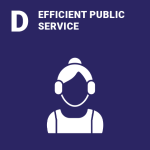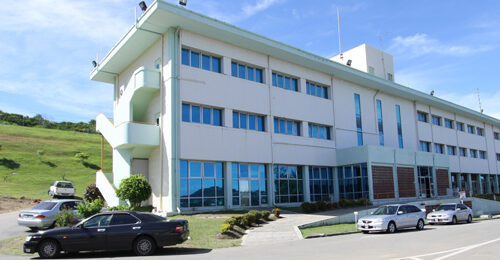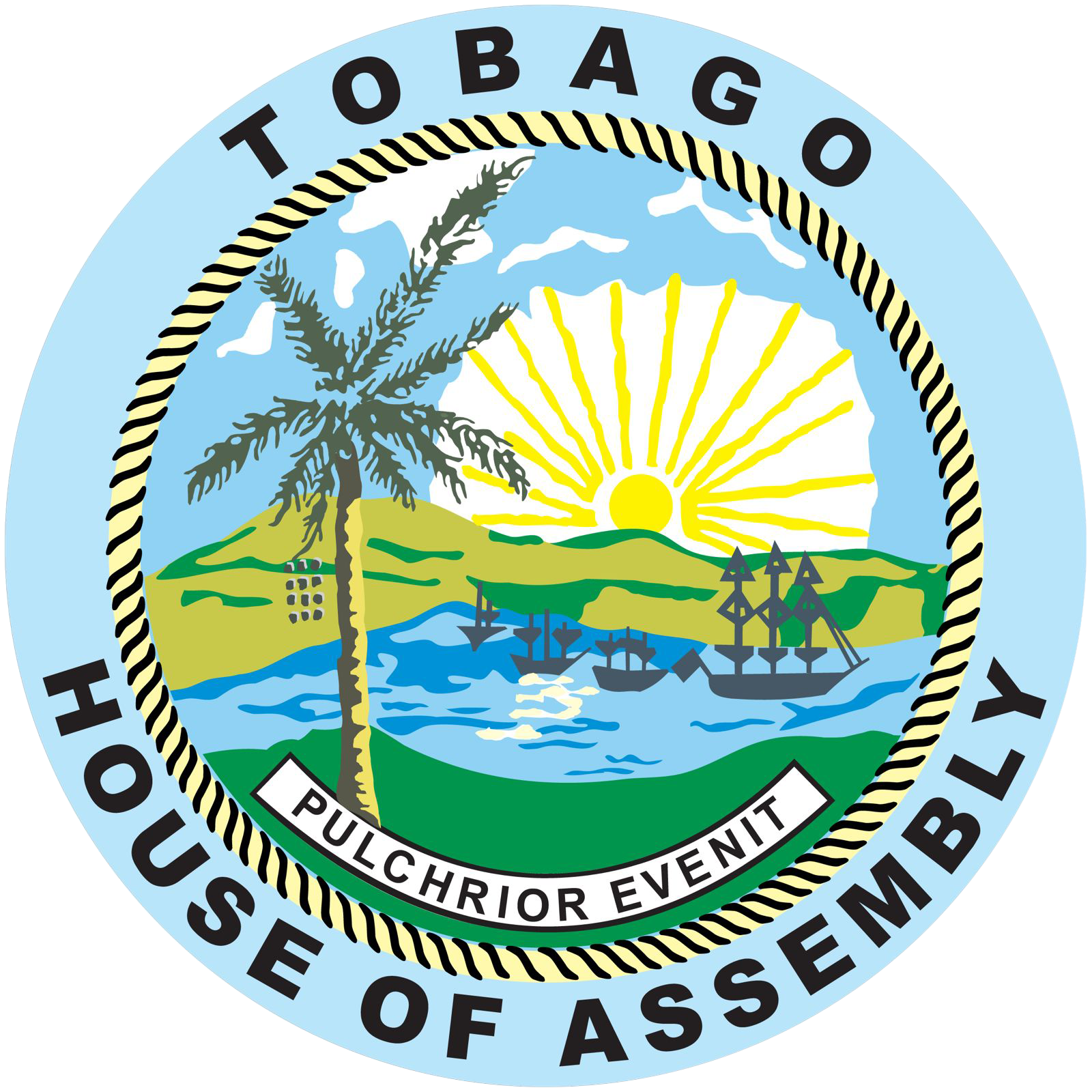DEVELOPMENT AGENDA PRIORITY C: A digitally driven competitive society and economy.
About the
PriorityPerformance
benchmarksMajor
ConcernsSelected
Focus
AreasTargets &
IndicatorsPolicies, Plans
& ProgrammesProjects
PriorityPerformance
benchmarksMajor
ConcernsSelected
Focus
AreasTargets &
IndicatorsPolicies, Plans
& ProgrammesProjects
About priority C
- Priority C emphasizes optimizing, through digital means, the spiritual, social, cultural, and economic relations among the people that comprise Tobago’s society.
- The priority also focuses on fostering the connections between society and valuable resources and services derived from the natural and built environments through digitally transformative institutional arrangements.
- These institutional arrangements enable greater functional efficiency between people, places, services, and things, PPST.
- Digital connectivity and functional efficiency will enable Tobago’s society and economy to transition from the periphery to the mainstream of regional and global innovation, and societal and economic development.
Primary performance benchmark: Priority C
-
Benchmark: Increase digital connectivity in all areas of society and the economy to at least 80% by 2035 and 100% by 2045.
-
Indicator of progress/success: Digital connectivity in all areas of society and the economy, year-over-year.
-
Benchmark country: Estonia.
Major concerns: Priority C.
| Concerns | Problem Statements |
| Old IT infrastructure | a. Antiquated IT infrastructure exists at all levels of society and the economy. |
| Digital discrimination | b. Digital discrimination involving older persons and persons with disabilities, persons on low income and persons living in remote villages. |
| Uptake of advanced technologies | c. Insufficient uptake of advanced technologies in the public and private sectors. |
| Digital divide | d. A widening digital divide between the younger and older populations. |
| Private and public investment | e. Inadequate private and public sector investment in advanced technologies. |
| Digital deserts | f. A weak ICT institutional framework resulting in digital deserts and inadequate integration and mainstreaming of advanced digital technologies throughout all sectors of society and the economy. |
1.0 Selected Focus Areas Priority C
The THA will establish the Division of Digital Transformation, DDT, to lead the digitalization of the operations of all its divisions and agencies, as part of a division-wide program titled Tobago Online.
The Division of Digital Transformation will work with all divisions of the Tobago House of Assembly to integrate digital technology into their core areas of operations. More broadly, the THA will prioritize the following areas:
- High-speed Internet and Broadband Connectivity:
- Broadband Highways: Develop a resilient broadband infrastructure to ensure high-speed internet access across Tobago, including remote areas. This is essential for supporting e-commerce, remote work, and digital innovation.
- Wi-Fi and AI-Powered Networks: Invest in the rollout of Wi-Fi 6 and Wi-Fi 6E, 6G cellular technology and AI-powered network automation to provide stable, high-speed connectivity, unlocking new possibilities in industries such as healthcare, manufacturing, and entertainment.
- Digital Public Infrastructure (DPI):
- E-Governance: Implement e-governance platforms (e.g., Tobago Online) to make government services accessible online, thereby improving transparency, access, efficiency, and citizen engagement.
- Digital Identity Systems: Develop secure digital identity systems to facilitate access to essential services and enhance cybersecurity.
- Digital Literacy:
- Digital Literacy Programs: Launch comprehensive digital literacy programs to equip citizens with the skills to participate in the digital economy. This includes initiatives for both students and adults.
- Educational Infrastructure: Upgrade educational institutions with digital tools and resources to support STEM education and digital learning.
- Digital Innovation and Entrepreneurship:
- Innovation Hubs and Incubators: Establish innovation centers and incubators to support startups and foster a culture of innovation. This includes providing resources, mentorship, and funding for entrepreneurs.
- Research and Development: Invest in research and development (R&D) activities, particularly in high-potential areas such as green technologies and digital innovation, to create new industries and generate job opportunities.
- Cybersecurity and Data Protection:
- Cybersecurity Measures: Enhance cybersecurity measures to protect digital infrastructure and data from cyber threats. This includes developing robust cybersecurity frameworks and promoting digital security awareness.
- Inclusive Digital Access:
- Public Internet Access: Ensure public access to the Internet through community centers and public Wi-Fi hotspots, particularly in underserved areas, to bridge the digital divide across all villages and development regions.
MAIN REFERENCE INFORMATION
- Digital Infrastructure in Trinidad and Tobago: Analysis, Challenges and Action Plan
- Wi-Fi® and AI: Empowering the future of intelligence.
- Including Digital Connection in the United Nations Sustainable Development Goals: A Systems Thinking Approach for Achieving the SDGs
- Gamechangers for T&T: UN Collaboration on Digitalisation
- Embracing a New Era of Digital Transformation
- GoRTT, Ministry of Digital Transformation: Towards or digital future.
- Digital 4 Development Hub in Latin America and the Caribbean
- Digital Readiness Assessment Report Trinidad and Tobago
Targets and Indicators of Progress/Success
Target-C-1
Achieve at least 50% digitalization in all government operations by 2030 and at least 90% by 2035.
Indicator-C-1
Percent digitalization in all government operations year-over-year.
Target-C-2
Achieve at least 75% digitalization in key business sectors and civic organizations by 2030, and at least 90% by 2035.
Indicator-C-2
Percent digitalization in key business sectors and civic organizations year-over-year.
Target-B-3
Achieve at least 75% digital uptake of selected technologies by all households by 2035, and at least 90% uptake by 2045.
Indicator-B-3
Percent digital uptake of selected technologies in all households year-over-year.
Target-A-4
Establish a Division of Digital Transformation by 2026.
Indicator-A-4
The Division of Digital Transformation is operationalized by 2026.
Target-A-5
Invest an appropriate % equivalent of GDP in the digital society and economy by 2035 and an appropriate % equivalent of GDP by 2045.
Indicator-A-5
Percentage of GDP equivalent invested in the digital society and economy year-over-year.










